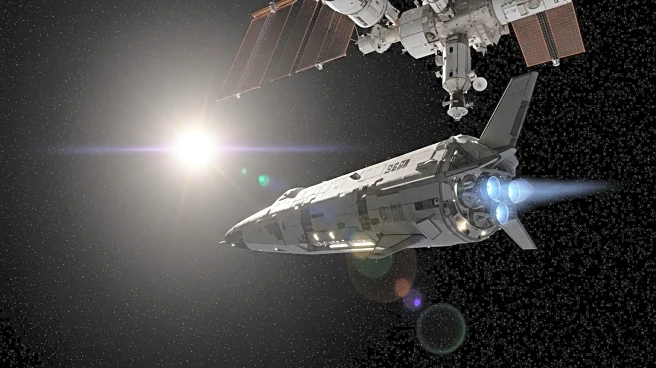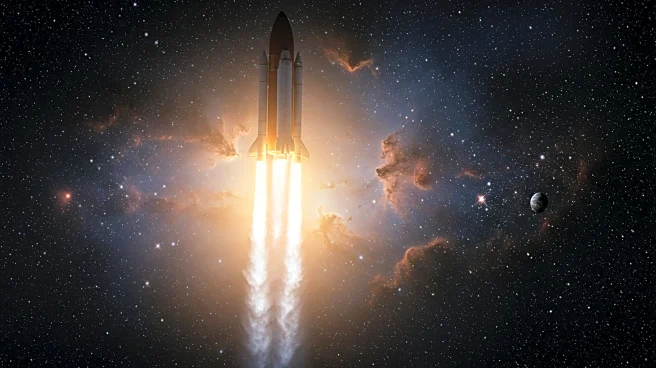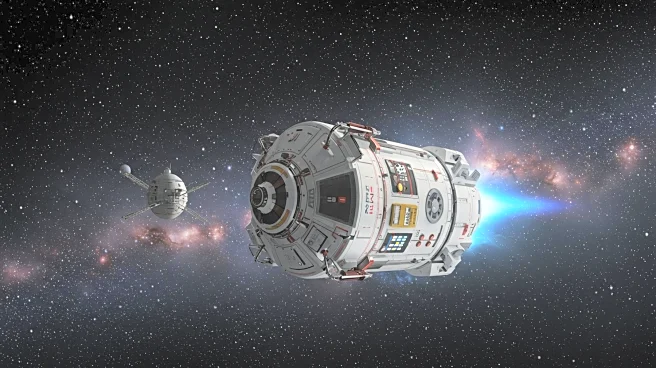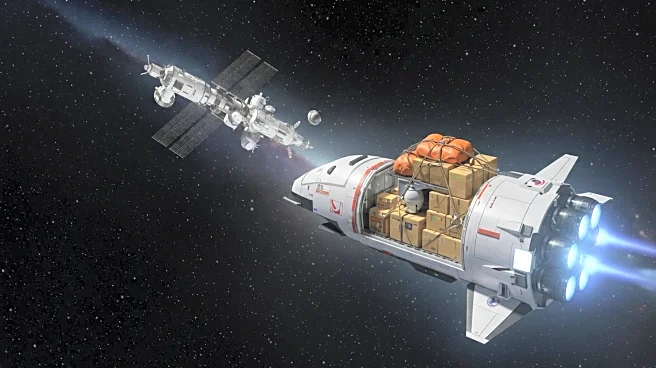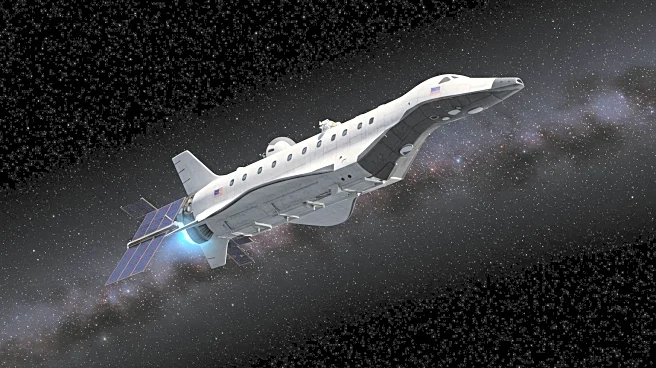What's Happening?
NASA has historically used some of Earth's most extreme environments to train astronauts for lunar and Martian missions. Before the Apollo 11 moon landing in 1969, astronauts, including Neil Armstrong, underwent rigorous training in locations that mimic alien terrains. These sites, such as the Craters of the Moon in Idaho and the Atacama Desert in Chile, offer conditions similar to the moon and Mars, allowing astronauts to practice identifying rock types, navigating rough terrain, and conducting scientific research in challenging environments. This training is crucial for preparing astronauts, many of whom have military aviation backgrounds, to become adept field scientists capable of performing meaningful science in space.
Why It's Important?
The training in Earth’s extreme environments is vital for preparing astronauts for the physical and scientific challenges they will face on lunar and Martian surfaces. By simulating alien terrains, NASA ensures that astronauts are equipped to handle the unique conditions of space exploration, which includes navigating in bulky suits and conducting scientific experiments. This preparation is essential for the success of missions, as it enhances the astronauts' ability to perform tasks that are critical for mission objectives, such as geological surveys and sample collection. The training also underscores NASA's commitment to advancing space exploration through meticulous preparation and innovation.
What's Next?
As NASA continues to plan future lunar and Martian missions, the agency is likely to expand its use of Earth’s extreme environments for astronaut training. This approach will be crucial for upcoming missions under programs like Artemis, which aim to return humans to the moon and eventually send astronauts to Mars. NASA may also explore new locations on Earth that offer unique training opportunities, ensuring that astronauts are prepared for the diverse challenges of space exploration. Additionally, advancements in technology may enhance training methods, providing more realistic simulations of extraterrestrial conditions.
Beyond the Headlines
The use of Earth’s extreme environments for astronaut training highlights the intersection of geology and space exploration. It emphasizes the importance of interdisciplinary approaches in preparing for space missions, where knowledge of Earth sciences can significantly contribute to understanding other planetary bodies. This training also reflects broader cultural and scientific efforts to push the boundaries of human exploration, fostering a spirit of discovery and innovation that extends beyond traditional scientific fields.




